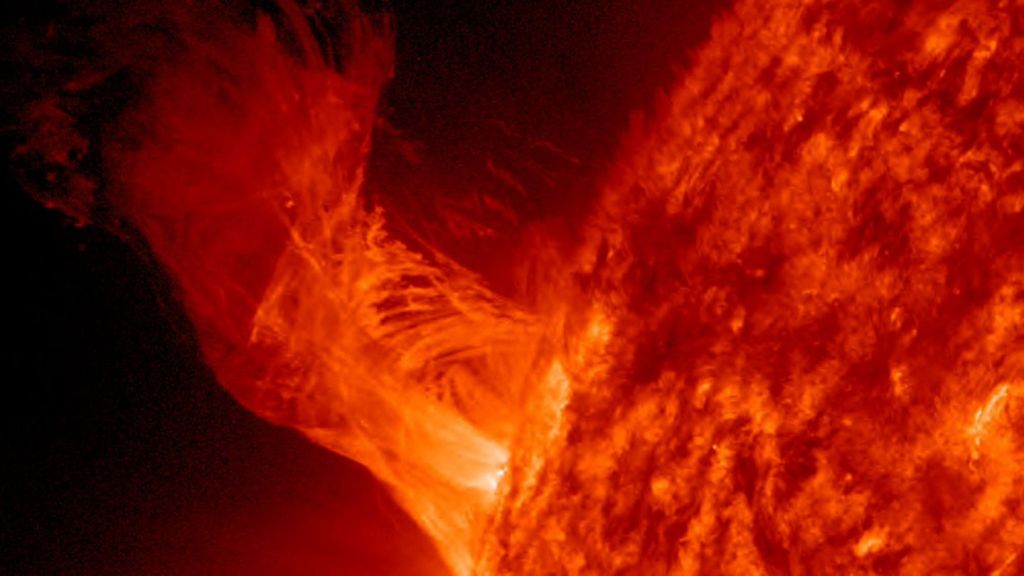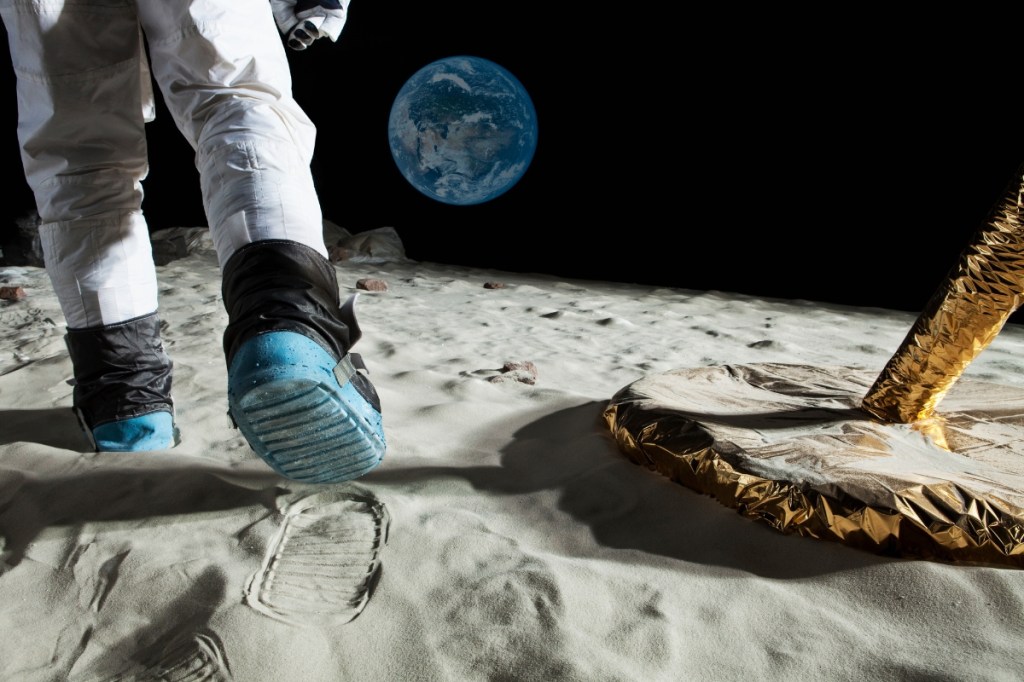The deeper we stare into space, the more it feels like it’s staring back. Every new breakthrough adds detail but never meaning, as if the universe is running an experiment on how long we’ll keep asking.
Here are seven mysteries that keep scientists awake at night:
1. The Hubble Tension
Astronomers agree the universe is expanding. What they can’t agree on is the speed. One set of measurements says 67 kilometers per second per megaparsec, another says 73. The gap sounds small, but it carries huge implications. Decades of recalculations haven’t fixed it, and physicists are beginning to wonder whether a deeper, unknown law of nature is to blame.
2. Fast Radio Bursts
These millisecond flashes of radio light unleash the power of hundreds of millions of Suns. Since the first was discovered in 2007, thousands have followed—some repeating, most vanishing forever. Magnetars, the magnetic corpses of massive stars, are the leading suspects. But that doesn’t explain why certain bursts seem to come from galaxies where no magnetars should exist.

3. Dark Matter
Galaxies spin too fast to stay intact using visible matter alone. Something unseen is providing the extra gravity—five times more of it than all the stars, planets, and dust combined. We call it dark matter, though the name mostly reflects our ignorance. Whatever it is, it shapes the universe and continues to hide in plain sight.
4. GRB 250702B
In July 2025, telescopes picked up a gamma-ray burst that blazed for nearly a full day. Most last seconds. Astronomers think it may have come from colliding neutron stars or a collapsing giant star, but no model fits perfectly. Whatever caused it rewrote the rulebook for cosmic explosions.
5. Hoag’s Object
Six hundred million light-years away sits a galaxy shaped like a bullseye—a golden center ringed by young blue stars and separated by an empty gap of space. No known process should make a structure that neat. It looks designed, which is the most unsettling part.

6. Planet Nine
Something massive may be drifting beyond Pluto, tugging small icy bodies into suspiciously similar orbits. The math implies a planet five times Earth’s mass. The sky, so far, shows nothing. Whether it exists or not, the search keeps exposing how little we know about our own cosmic backyard.
7. Everything Else
Every discovery opens a hundred new questions. The deeper we look, the stranger it gets—from invisible forces to galaxies that break symmetry just because they can.
We build new machines, collect new data, and keep mistaking curiosity for control. The universe humors us, briefly, before reminding us who’s in charge.
The post 7 Space Mysteries That Keep Scientists Up at Night appeared first on VICE.




